AEDs And First Aid Kits: Essential Tools For Emergency Situations
Get the best AEDs And First Aid Kits. Best Essential Tools for Emergency Situations.
Unsung heroes of safety precautions include Automated External Defibrillators (AEDs) and First Aid Kits. With the help of an electric shock, AEDs can restore normal heart function in cases of sudden cardiac arrest. Anyone can use them, regardless of their medical training or experience, as they are readily available in public locations.
First aid kits, on the other hand, are all-encompassing toolkits that include equipment for treating everything from tiny cuts to more serious ailments. These kits provide rapid care to stabilize injuries until emergency medical services arrive. First aid kits and automated external defibrillators (AEDs) are the backbones of emergency preparedness, allowing us to deal with life’s unforeseen challenges head-on.
What Is An AED?
An automated external defibrillator is a tool used to help those experiencing sudden cardiac arrest. This tool is useful for emergency cases, and it can be used to stabilize the patient or victim a bit before the ambulance arrives. In addition, AEDs can be used to analyze the heart’s rhythm.

What Is First Aid Kits?
A first aid pack can be used to administer simple care in an accident or other medical emergency. Individual, travel, and workplace kits are all examples of this category. Access to a first aid kit in an emergency can save a person’s life in the critical period before more advanced medical care can be administered.
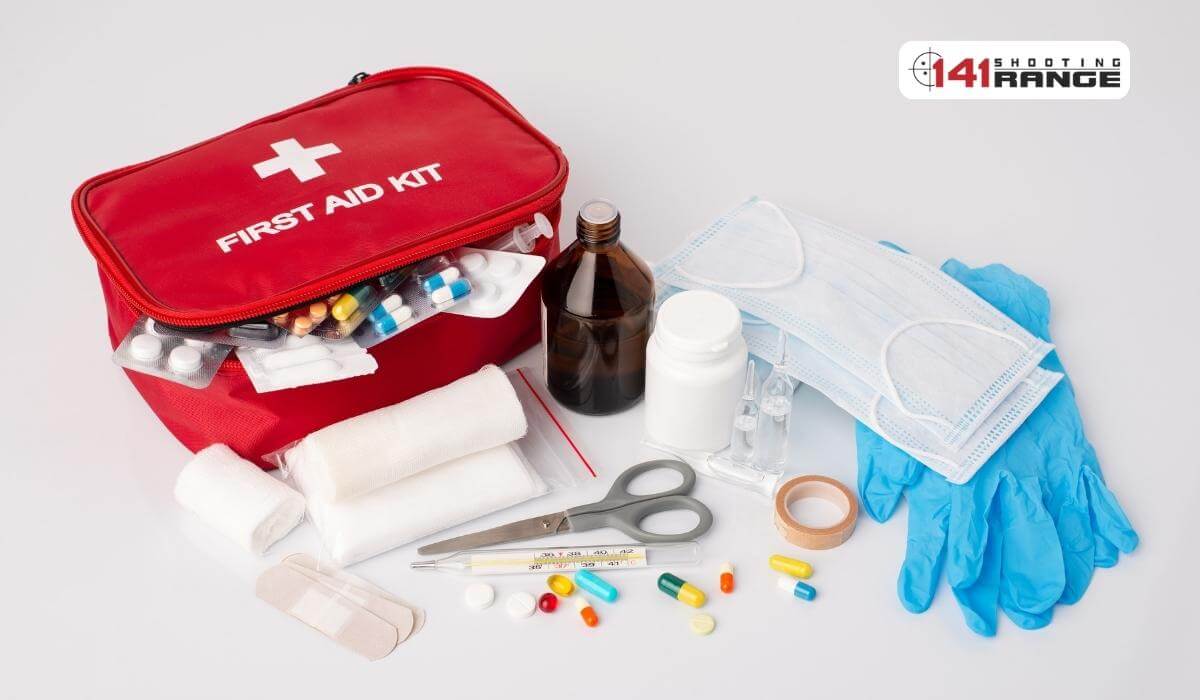
We Supply AEDs And First Aid Kits
At 141 Shooting Range, we do not just provide you with the best-concealed carry, CPR training, and permits, and we also offer quality products that you need to add to your skills. We sell AEDs (Automated External Defibrillators), Stop the Bleed Kits, and First Aid Kits. We also sell new AEDs, cabinets, signage, and all you need to offer a first aid treatment. Recertified AEDs are also available for you, which is way cheaper than getting new ones, and they come with new pads and batteries.
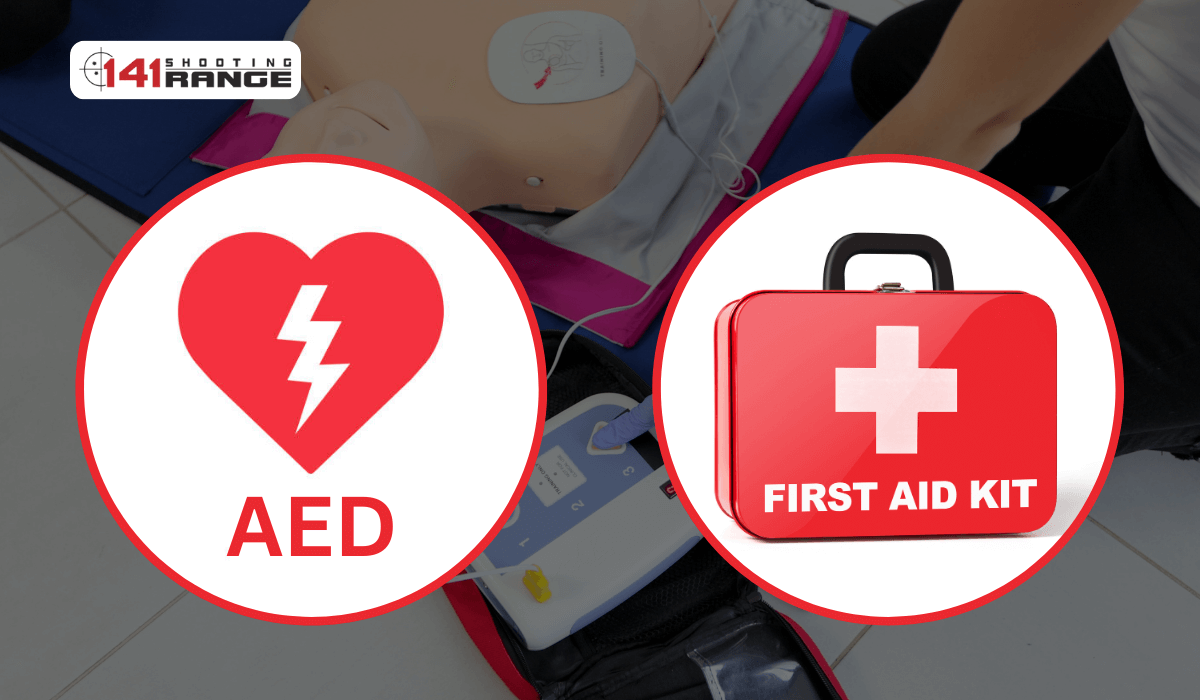
Everyone Needs An AED And A Great First Aid Kit, As Emergencies Can Emerge At Any Time. Our First Aid Kit Contains All The Necessary Tools Needed To Help During An Emergency.
Types Of AEDs:
Each type of AED (Automated External Defibrillator) is there to meet specific needs and settings. The following are some common types:
Public Access AEDs:
Non-medical personnel can use these portable, user-friendly AEDs in public places. Airports, malls, schools, and sports facilities often have them.
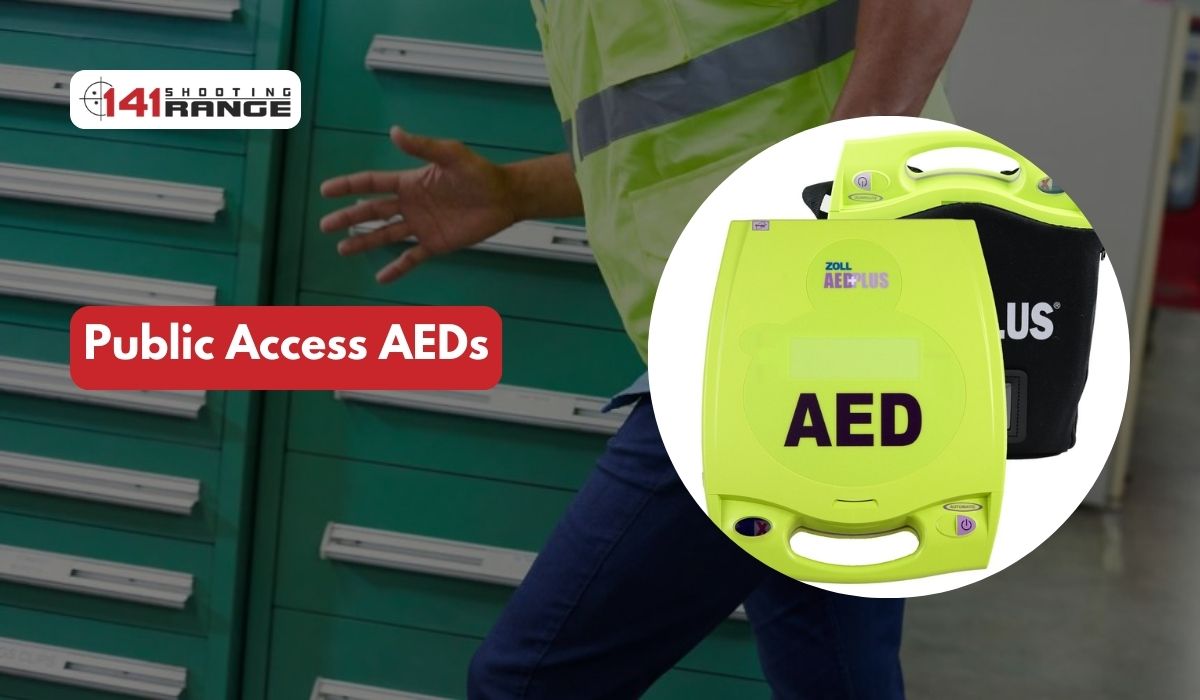
Home AEDs:
Household AED models are for personal use. A family or individual concerned about sudden cardiac arrest at home can use these units because they are user-friendly, compact, and come with clear instructions.
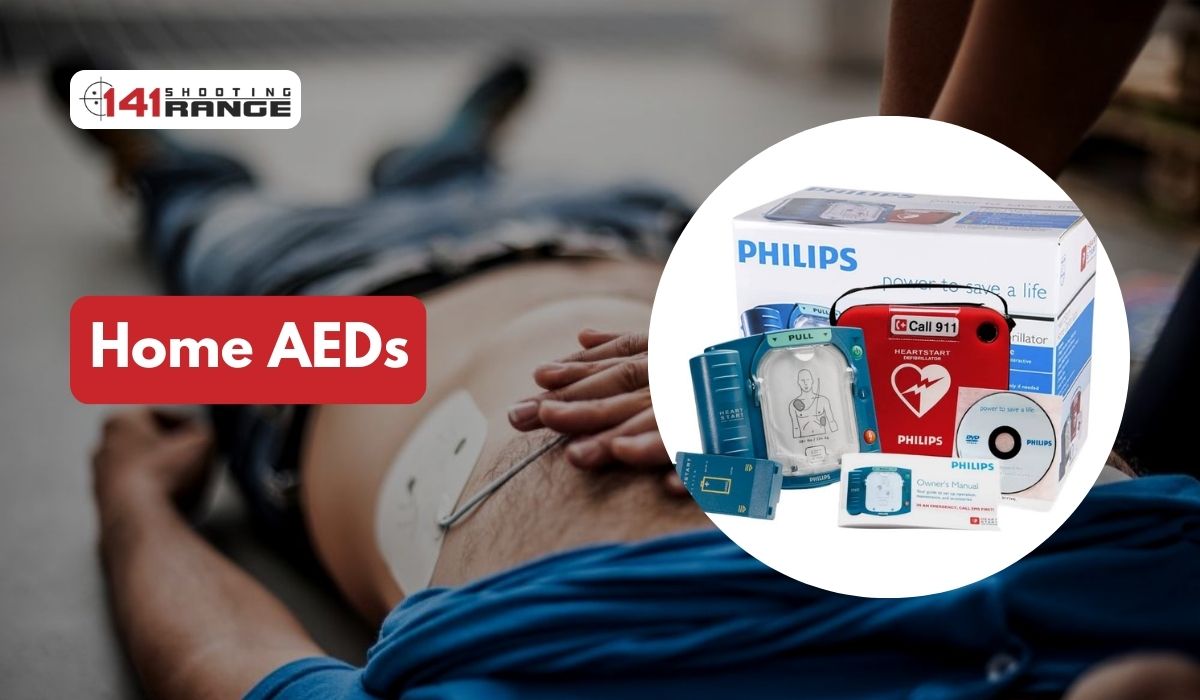
Professional AEDs:
In medical facilities and first responders, these AEDs are more advanced. In emergencies, they may include additional capabilities, such as ECG monitoring and manual defibrillation
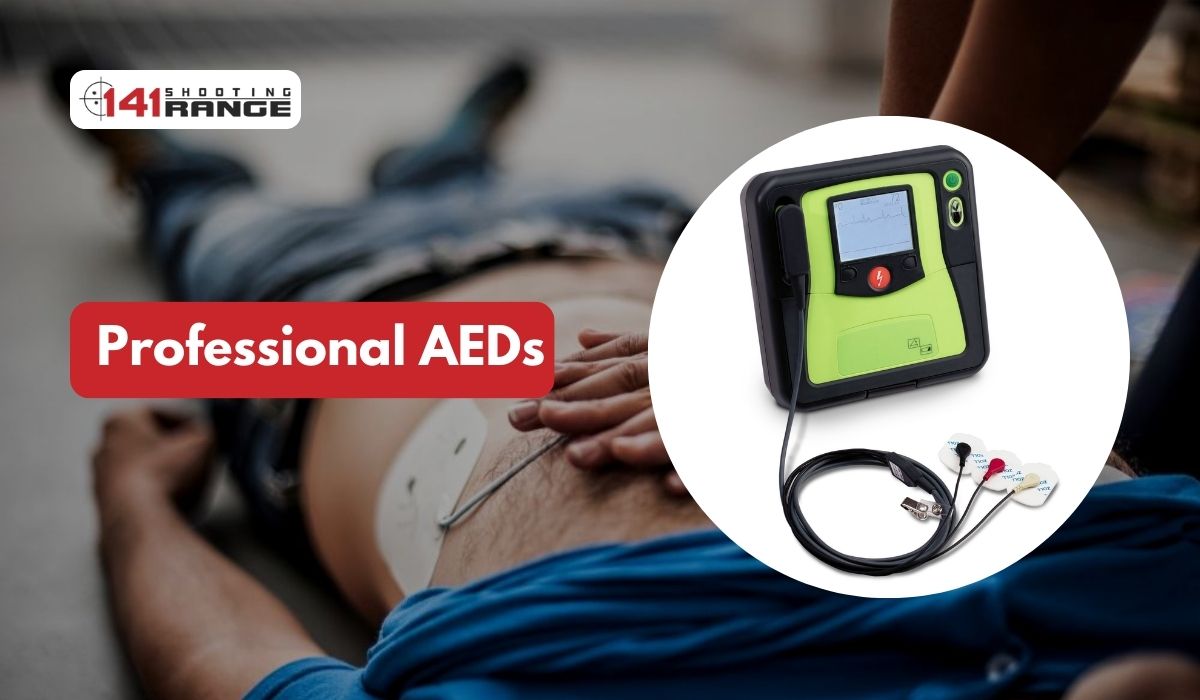
Wearable AEDs:
Wearing one of these specialized AEDs reduces the risk of sudden cardiac arrest. Wearers can receive an automatic shock if their heart rhythm is abnormal
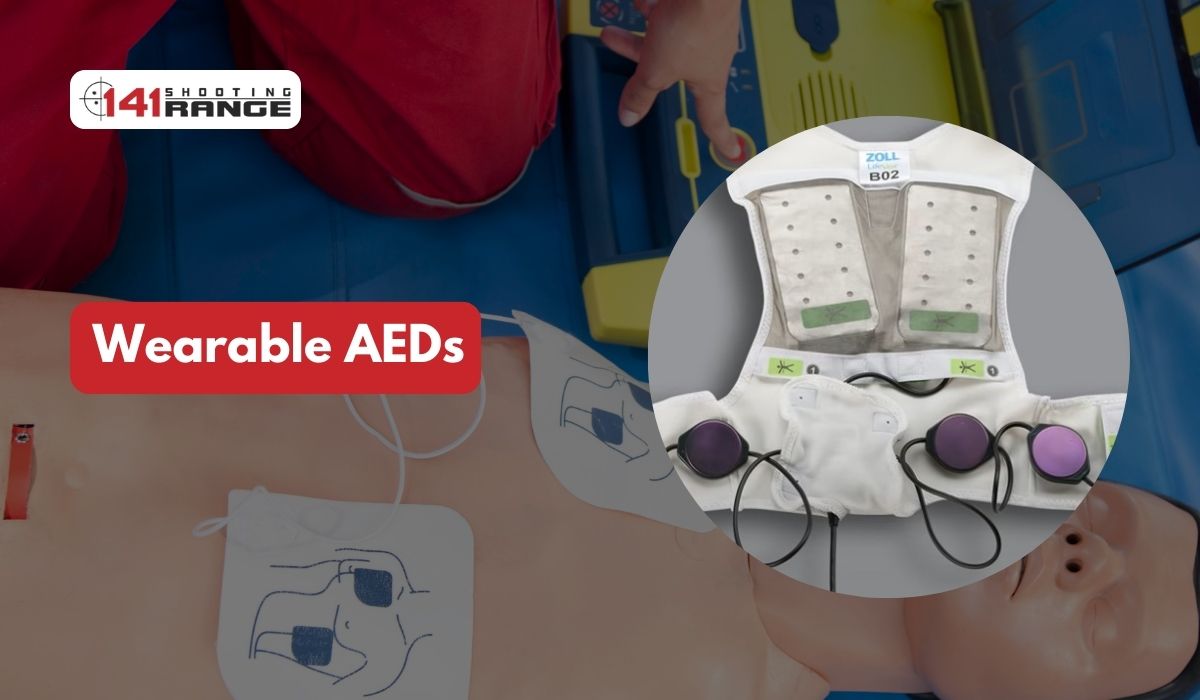
Places Where AEDs Should Be:
Business Organizations:
There should be AEDs and First Aid kits at all times in a business organization to prevent little emergencies from extending to a fatal situation.
Daycare/Schools:
Children are known to act out on impulse without even knowing it is dangerous. Therefore, first aid kits are needed in all establishments involving children to handle emergencies easily before professional help shows up.
Factories:
Accidents are bound to happen at factories as dangerous equipment is often used. First aid kits and AEDs are needed to be made available in different areas of a factory.
Churches:
To be prepared for all kinds of emergencies, a church needs to have AEDs and First aid kits.
Airports:
The airport is a high-traffic area with a wide age range, making it a prime location for AED placement.
Individuals:
You need a first aid kit in your home, and if possible, you also need to have one in your car, to be able to have the upper hand whenever there’s an emergency.
Educational Institutions:
To protect students, faculty, and visitors, schools, colleges, and universities should have AEDs.
Gyms and Sports Facilities:
Fitness centres, sports stadiums, and athletic complexes need AEDs because exertion-related cardiac events can occur.
Healthcare Facilities:
To complement their emergency response capabilities, hospitals, clinics, and medical offices already have AEDs.
Public Buildings:
Municipal facilities, government offices, and libraries should all be equipped with AEDs.
Hotels:
An AED is crucial in places where travelers stay since medical emergencies can occur at any time.
Community Centers:
In places where people gather for events, meetings, or social activities, AEDs should be available.
Interested In Getting AEDs And First Aid Kits?
Are you interested in getting AEDs and first aid kits? Kindly let us know, and we will have it delivered to you in no time. Please fill out the form below and I will call you or email you or both and help you customize your AEDs and first aid kits to fit your special needs.
CPR Training
At 141 Shooting Range, our CPR classes train you to be able to use the first aid kit and AEDs for all kinds of emergencies that require first aid.

Contents of a First Aid Kit:
Depending on their size and use, first aid kits may include some or all of the following things.
Basic Supplies:
- Adhesive bandages (various sizes)
- Sterile gauze pads and dressings
- Adhesive tape
- Antiseptic wipes or solution
- Tweezers
- Scissors
- Disposable gloves
- Instant cold packs
- Disposable face masks
- Cotton balls and swabs
- Safety pins
- Thermometer
- First aid manual or instructions
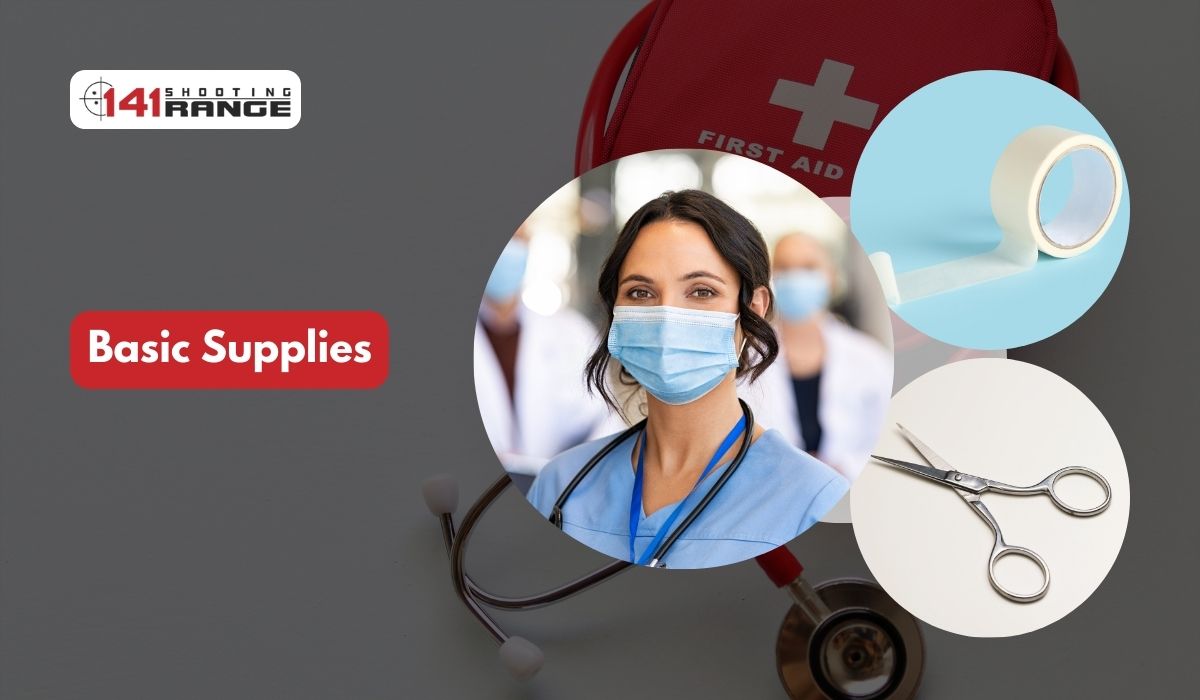
Wound Care:
- Hydrogen peroxide
- Antibiotic ointment or cream
- Burn ointment or gel
- Sterile eyewash
Medical Tools:
- Digital thermometer
- Splinter removal tool
- CPR face shield or mask
- Tourniquet (for severe bleeding)
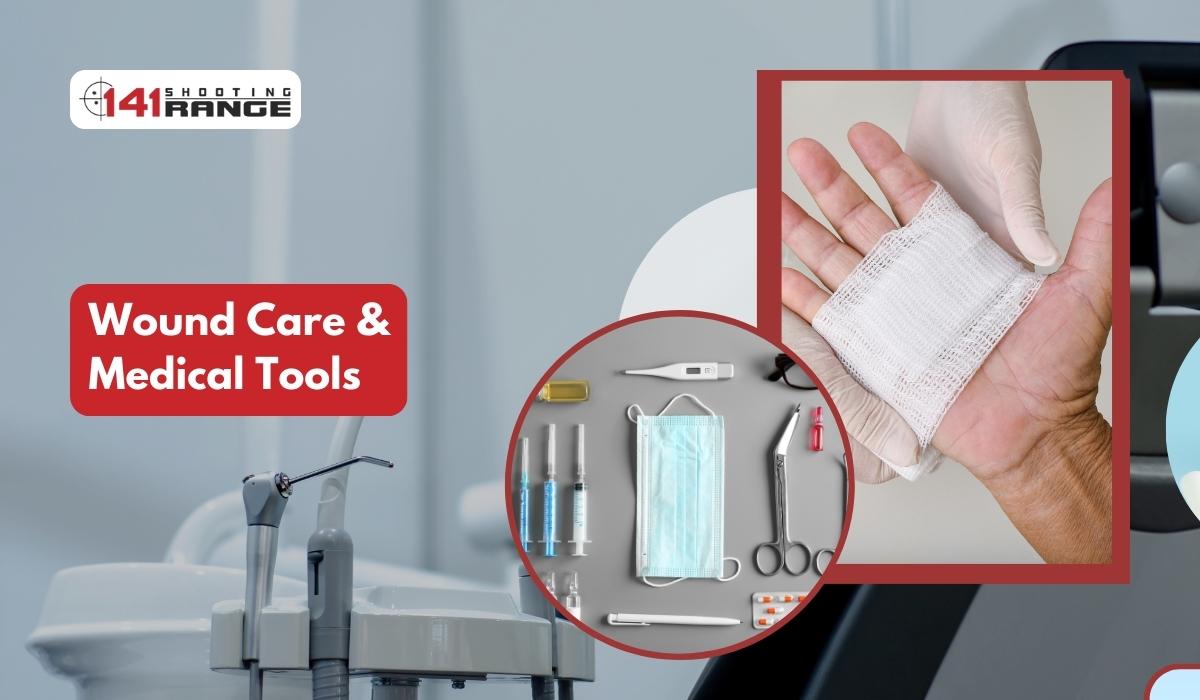
Pain Relief and Medications:
- Pain relievers (e.g., Acetaminophen, Ibuprofen)
- Antihistamines (For Allergic Reactions)
- Aspirin (For Heart Attack Symptoms)
Personal Protective
- Equipment (PPE):
Face masks and gloves

Emergency Equipment:
- AED (Automated External Defibrillator), if available and applicable
- Emergency blanket
- Scissors with a blunt end (For Cutting Clothing)
- Tweezers (For Removing Splinters or Ticks)
- Instant glucose (For Diabetics)
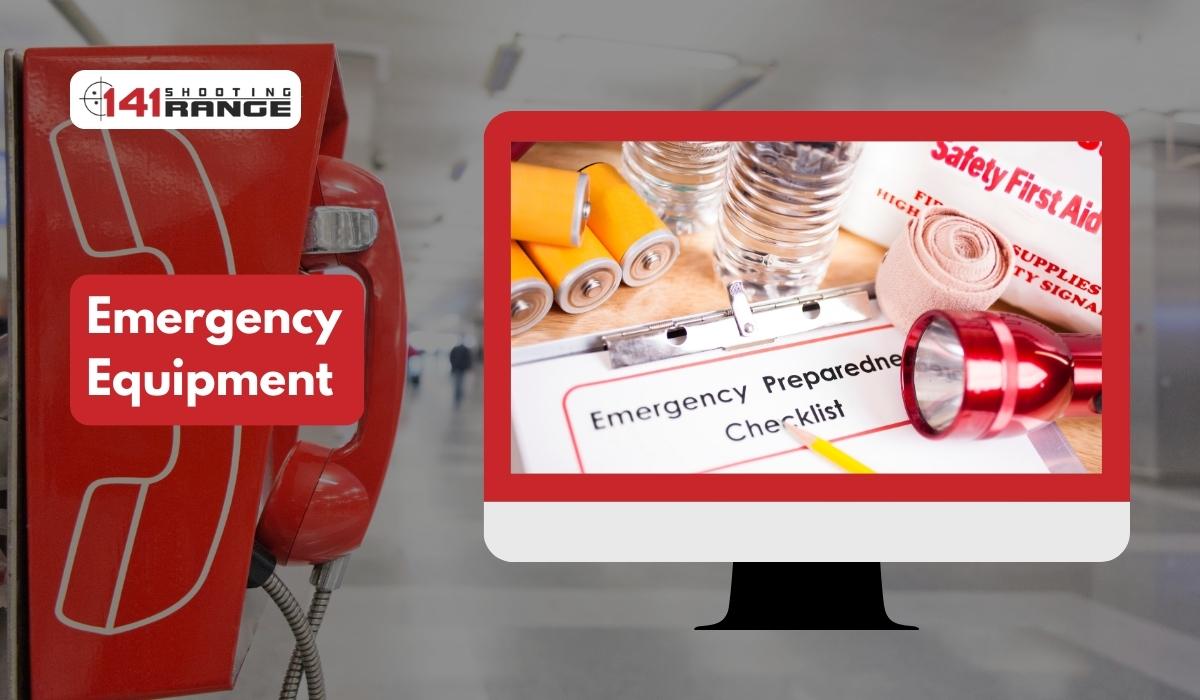
Specialized Items (As Needed):
- Epinephrine auto-injector (EpiPen) for severe allergic reactions
- Inhaler for asthma
- Prescription medications specific to family or group needs
- Personal medical information and emergency contact information
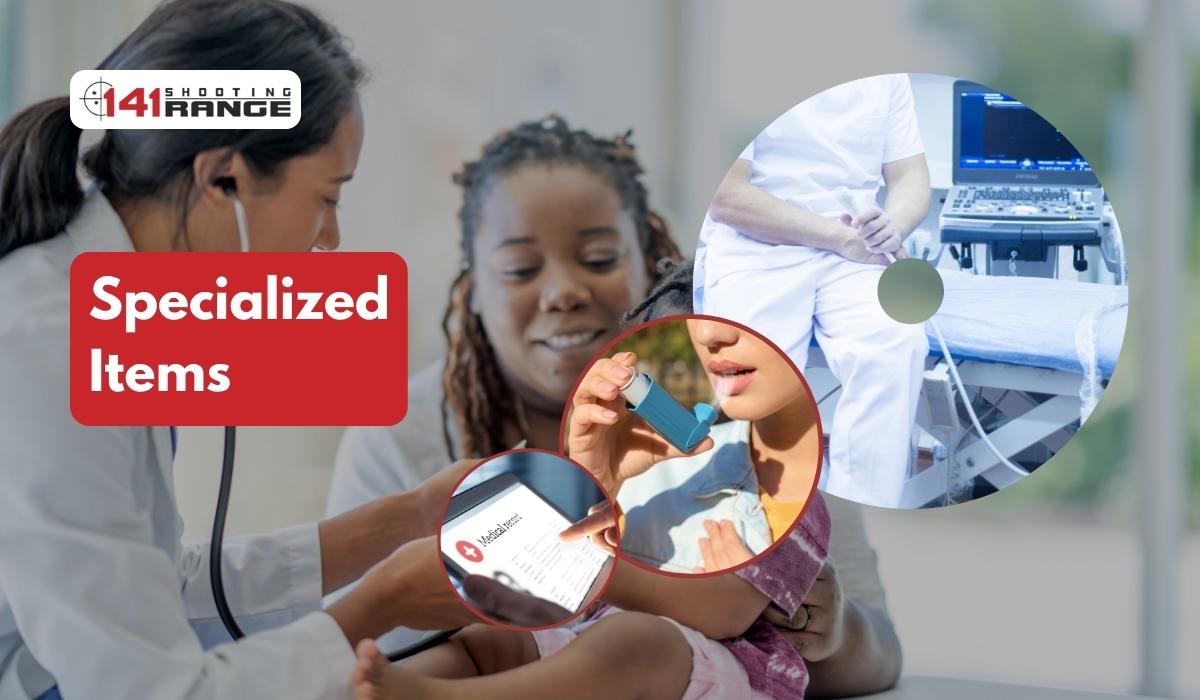
Optional Extras (For Specific Activities):
- Moleskin for blister prevention (Hiking)
- Snakebite kit (Outdoor Adventures)
- SAM splint or elastic bandage (For Sprains or Fractures)

How to use AEDs?
The ability to use an AED (Automated External Defibrillator) in the event of a cardiac arrest is a lifesaving one. The instructions for using an AED are listed below in points for ease of reference:
Step 1: Assess the Situation:
- Make sure you and others are safe.
- Make sure the victim is breathing or moving normally.
- In case of unresponsiveness, non-breathing, or gasping for breath, call 911.
Step 2: Retrieve the AED:
- Provide CPR while retrieving the AED, if available.
- Call 911 and retrieve the AED yourself if you are alone.
Step 3: Turn On the AED:
- Press the power button or open the lid to turn on the AED.
Step 4: Follow the Voice/Visual Prompts:
- It is often possible to follow clear voice instructions and visual prompts when using an AED.
- Start with “Attach electrodes” or a similar instruction and listen carefully.
Step 5: Expose the Victim's Chest:
- Remove any clothing covering the victim’s chest if necessary.
Step 6: Attach Electrode Pads:
- Remove the electrode pad backing by peeling it off.
Below the collarbone, place one pad on the victim’s upper-right chest. - Under the left breast, place the second pad on the lower left side of the chest.
Step 7: Analyze Heart Rhythm:
- An AED analyzes the victim’s heart rhythm. During this analysis, no one should touch the victim
Step 8: If Shock Advised:
- It will alert you to stand clear if you need a shock from the AED.
- Press the shock button as directed without touching the victim.
Step 9: Perform CPR:
- In the event of a shock or if the AED doesn’t advise shock, immediately resume CPR.
Step 10: Continue as Directed:
- For further instructions, follow the AED’s voice or visual prompts.
- If necessary, it may recommend additional shocks or CPR cycles.
Step 11: Continue Until Professional Help Arrives:
- AED instructions should be followed until professional medical help arrives.
Join First Aid & AED Training
Frequently Asked Questions:
An AED analyzes the heart’s rhythm to determine if a shock is necessary to restore normal rhythm. If necessary, the AED will provide a shock and instruct the user to begin chest compressions. Because the odds of life drop by 10% for every minute that goes by without defibrillation in the case of a cardiac emergency, AEDs are an essential tool to have on hand.
Every three to six months, you should inspect the contents of your first aid kit to ensure that all of the items are still usable and have yet to expire. It is also important to replace any spent or lost materials.
Having access to an AED at work can be lifesaving in the case of a cardiac arrest. There are often laws requiring companies with many workers or a high risk of cardiac crises to keep an AED on site.
You may learn how to operate an automated external defibrillator (AED) through a certification program, online lectures, or even a hands-on workshop. The odds of survival can be considerably increased with the right use of an AED. Thus learning how to use one is crucial.
An AED (Automated External Defibrillator) delivers an electric shock during a sudden cardiac arrest to restart the heart. Alternatively, first aid kits include supplies for treating wounds and responding to emergencies. First aid supplies such as bandages, antiseptics, and other items are included in these kits.
Yes, AED and first-aid kit training is available for you and your team. The effectiveness of these tools depends on proper training.
